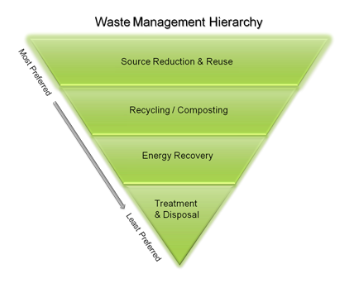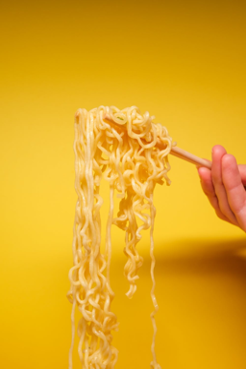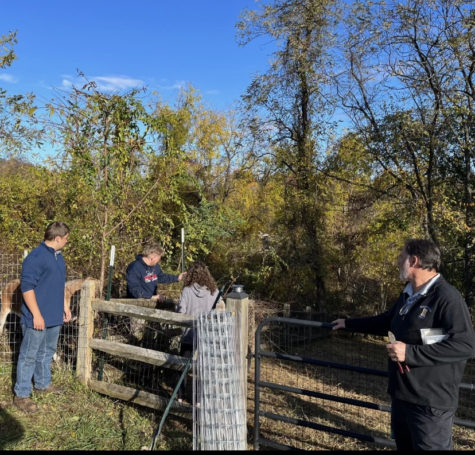The science behind essential oils
February 14, 2019
With new health trends on the rise, it’s a given that you have heard of essential oils at least once. However, their popularity does not necessarily mean they are understood. Essential oils have been rising in popularity for several years now, and a report from Grand View Research Inc states that the essential oil market size will reach 11.67 billion dollars by 2022. Why are these little bottles of plant extracts in such high demand? With over 90 existing smells and scents, there are a multitude of uses for these oils, including stress, sleep, focus, and digestion.
Young Living is the number one ranked brand for essential oils, and consumers are able to distribute oils as their own business. Beth Masters, a local Young Living distributor, discovered oils about four years ago.
“…I kept seeing a few of my friends on Facebook posting about their Young Living essential oils and the impact they were having on their family’s wellness, immunity, and sleep,” Masters said. “I wanted all of those things to improve with my family of four.”
Essential oils are much more than that bottle of vanilla extract in your kitchen. They are made through a completely different process.
“The essential oil takes the plant’s protective properties – their natural defense mechanism – and is carefully extracted through steam distillation, cold pressing, and resin tapping,” Masters said. “It is this process that makes essential oils so powerful, concentrated, and therapeutic.”
Gaige Dubois (‘19) also uses Young Living and enjoys their products because they do not use any artificial scents. Dubois says that her mom has severe migraines as a result of smelling synthetic fragrances such as deodorant, laundry detergent, perfumes, air fresheners, and even shampoos. She has become accustomed to using natural ingredients instead.
“Ever since I was in middle school, I had to start using essential oils for my own perfume and I even used Tea Tree oil in my hair,” Dubois said.
Oils work in two different ways: inhalation and topical application. They can reach every cell in your body within 20 minutes when applied topically.
“Essential oils are composed of very small molecules that can pass through all of our tissues and penetrate your cells,” Masters said. “Some compounds in essential oils can even cross the blood-brain barrier.”
To apply oils, they should be mixed with a carrier oil, such as coconut or grapeseed, in order to dilute the solution. Masters says they are most effective when applied to your feet since they have the most glands.
“Applying them to certain pressure points on my body really helps when I am going to bed,” Dubois said.
Stress and anxiety play a huge role in teenagers’ lives, so it’s no wonder many students turn to oils to help soothe themselves.
“[I use them] mostly for aromatherapy and stress, and before I took the SAT I put some orange essential oil on my wrist and on my neck so I could breathe and calm down,” Abby Klink (‘19) said.
Riley Brown (‘20) is also familiar with stress. She says being a new student last year caused a lot of anxiety, and her favorite oil to help her was lavender.
“I started using essential oils to help me stay calm during the school day,” Brown said. “After that I started using them to stay calm while playing volleyball.”
Masters recommends some other oils that could help teens with their anxiety including Frankincense, Lemon, and White Angelica (a blend made by Young Living).
Stress isn’t the only thing oils can help with — they are also great for skin breakouts and wrinkles.
“I would recommend Tea Tree, Manuka, Frankincense, Lavender or Copaiba,” Masters said.
Athletes like Drew Kinsey (‘22), like to use essential oils for muscle pains and aches, but is on the fence about their credibility.
“They’re pretty good, but don’t expect it to be like a full medication,” Kinsey said.
There are other ways to use essential oils other than applying them to the skin. Diffusers are a popular choice among oil consumers as well. They act as a type of humidifier, producing vapor from the opening at the top when a few drops of the oil are added into to the water.
“I love the diffusers because they make my room smell really good,” Dubois said.
Masters said that diffusers help remove toxins in the room and promote healthy, breathable air.
“I use oils mostly for sleep. I like to put lavender in my diffuser at night, it really helps,” Georgia Cowie (‘20) said. “It takes me 30 minutes to fall asleep without oils, and more like 15 minutes when I use oils.”
Cowie also owns what the brand MONQ calls a personal diffuser. They sell many different blends on their website.
“It’s an essential oil packed stick that you inhale through your mouth and blow out your nose, it’s probably the most effective aromatherapy diffuser I have used,” Cowie said.
If you’re looking for other ways to use oils on the go, essential oil jewelry is another option. They can be anything from bracelets, to rings, to necklaces.
“I love to wear diffuser jewelry, with leather or lava stone pieces. They hold the aroma of essential oils, so you can smell them on the go,” Masters said.
“I mostly use an essential oil bracelet. I just put [the oils] on it and it stays all day,” Brown said.
Focusing in class can be challenging, which is why jewelry is a great, long-lasting option. Masters suggests that oils like Vetiver, Cedarwood, and Bergamot can help with test anxiety and overall concentration.
“My favorite oil is definitely Bergamot,” Klink said.
Young Living doesn’t only sell bottled oils. They also sell natural laundry products, makeup, skincare items, vitamins, and supplements.
“I think people should use oils and Young Living’s oil infused products because serious health issues are on the rise. Some of that is in part to our exposure to toxic chemicals. Farming practices have changed, the soil in which our food is growing has been depleted,” Masters said. “Our homes inside are often more toxic than the air outside.”
The United States has not passed a major federal law to regulate the safety of ingredients used in personal care products since 1938. Many of these ingredients are known carcinogens, a substance capable of causing cancer in living tissue, or hormone disruptors, which are chemicals that disrupt the endocrine system. These chemicals are banned in multiple countries, but not the U.S.
“I think sometimes people can get carried away with the synthetic fragrances of cologne or perfume,” Dubois said.
Whether it’s deciding to use oils as a temporary fix for stress and concentration, or completely switching your lifestyle and “going natural”- the benefits of essential oils will impact your life one way or another.
“We have to start making better choices. Safer options are available. It’s [about] making the decision to take control of what you bring in your home and apply to your body,” Masters said.



















